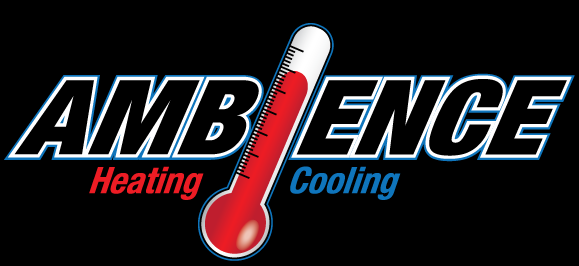
You shouldn’t need to compromise on comfort or drain your wallet to keep your residence at a pleasant setting during summer weather.
But what is the best setting, exactly? We review recommendations from energy pros so you can select the best temp for your loved ones.
Here’s what we advise for the most energy-efficient setting for air conditioning in Wilmington.
Recommended Thermostat Settings for Summer
Most households find setting the thermostat at 72-73 degrees is ideal. However, if there’s a big difference between your indoor and exterior warmth, your cooling bills will be larger.
This is our advice based on the U.S. Department of Energy (DOE) and ENERGY STAR®.
While at home: 78 degrees. While that appears warm, there are ways you can keep your house pleasant without having the air conditioning going frequently.
Keeping windows and blinds down during the day keeps chilled air where it should be—indoors. Some window coverings, such as honeycomb shades or plantation shutters, are created to offer extra insulation and enhanced energy conservation.
If you have ceiling fans in your home, the DOE says you can move thermostat settings about 4 degrees higher without sacrificing comfort. That’s due to the fact they refresh by a windchill effect. Because they cool people, not rooms, turn them off when you move from a room.
If 78 degrees still appears too uncomfortable at first glance, try conducting a test for approximately a week. Start by raising your setting to 78 degrees while you’re at your residence. Then, steadily turn it down while adhering to the advice above. You could be surprised at how cool you feel at a hotter temperature setting.
While away: 88 degrees. There’s no rationale for keeping the air conditioning running all day while your home is unoccupied. Turning the temperature 7–10 degrees warmer can save you anywhere from 5–15% on your air conditioning bills, according to the DOE.
When you get home, don’t be tempted to put your thermostat under 78 to cool your residence more rapidly. This isn’t productive and often results in a more expensive electrical expense.
A programmable thermostat is a useful method to keep your temperature under control, but it requires setting programs. If you don’t use programs, you run the risk of forgetting to increase the set temperature when you go.
If you’re looking for a hassle-free solution, think over getting a smart thermostat. This thermostat works with with your phone, so it realizes when you’re at your house and when you’re gone. Then it instinctively changes temperature settings for the biggest savings. How much exactly? Typically $180 yearly on heating and cooling, according to ENERGY STAR.
Another benefit of using a smart thermostat? You can use your phone to keep an eye on and regulate temperature settings from almost anywhere.
While sleeping: Around 70 degrees. While ENERGY STAR advises 82 degrees, that may be too uncomfortable for most families. The majority of people sleep better when their bedroom is chilly, so that’s why the National Sleep Foundation suggests 60–67 degrees. But that could be too cool, based on your PJ and blanket preference.
We recommend running an equivalent test over a week, setting your thermostat higher and slowly lowering it to pinpoint the right temp for your house. On cool nights, you could discover keeping windows open at night and relying on a ceiling fan is a better option than using the air conditioner.
More Approaches to Use Less Energy During Hot Weather
There are extra approaches you can spend less money on AC bills throughout warm weather.
- Get an energy-efficient cooling system. Central air conditioners only are effective for about 12–15 years and lose efficiency as they age. A new air conditioner can keep your home comfier while keeping electrical bills down.
- Book annual air conditioner maintenance. Routine air conditioner maintenance keeps your unit working like it should and might help it operate at greater efficiency. It can also help prolong its life span, since it allows technicians to find little problems before they lead to a major meltdown.
- Switch air filters often. Read manufacturer instructions for changing your air filter. A dusty filter can lead to your system short cycling, or turn on and off too frequently, and raise your energy.
- Measure attic insulation levels. Nearly 90% of houses in the U.S. don’t have proper insulation, according to the Insulation Institute. Most southern climates require 13–14” of attic insulation, while northern climates should have 16–18”.
- Have your ductwork inspected. Ductwork that has loosened over time can let conditioned air into your attic, walls or crawl space. This can lead to huge comfort troubles in your home, like hot and cold spots.
- Seal openings, doors and windows. Keep hot air in its place by plugging cracks. You can also caulk or weather strip doors to trap more conditioned air within your home.
Use Less Energy During Warm Weather with Ambience HVAC, Inc.
If you want to use less energy this summer, our Ambience HVAC, Inc. professionals can provide assistance. Give us a call at 302-239-HVAC (4822) or contact us online for extra information about our energy-saving cooling options.
